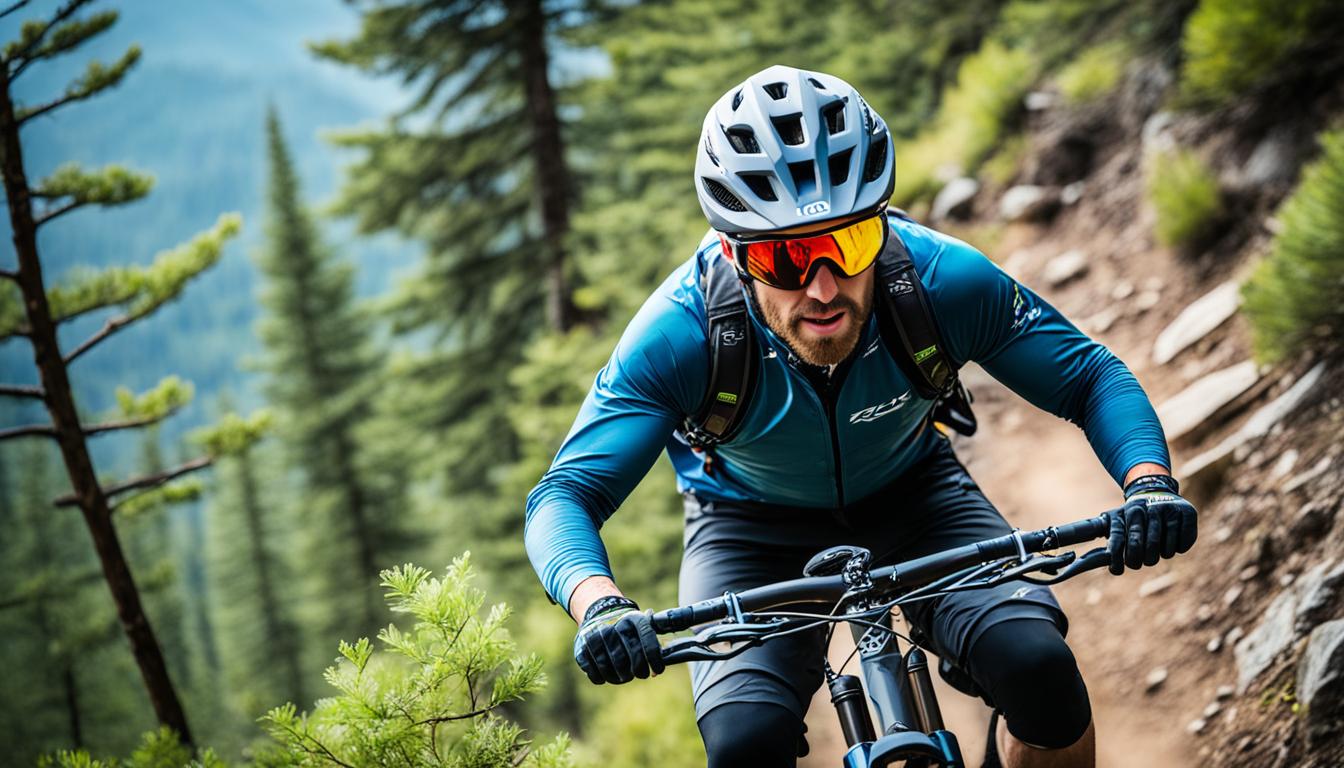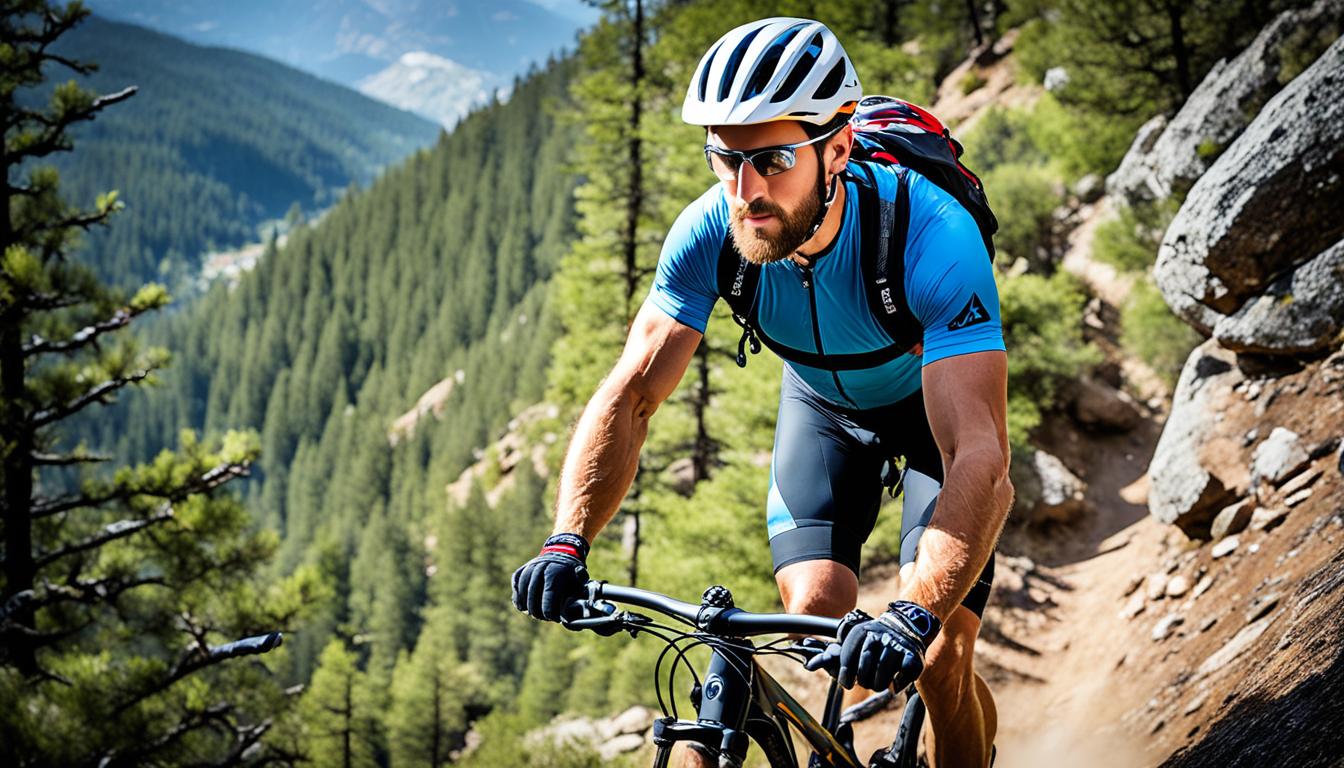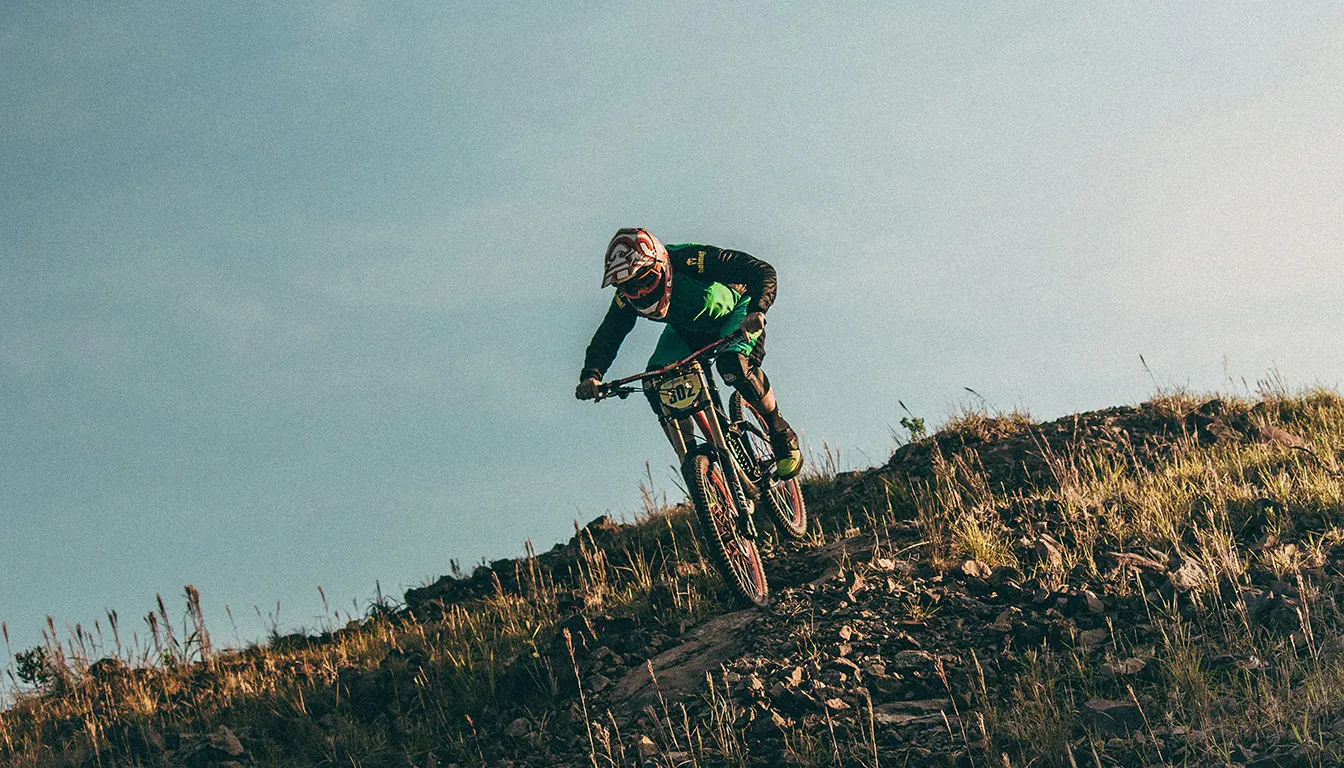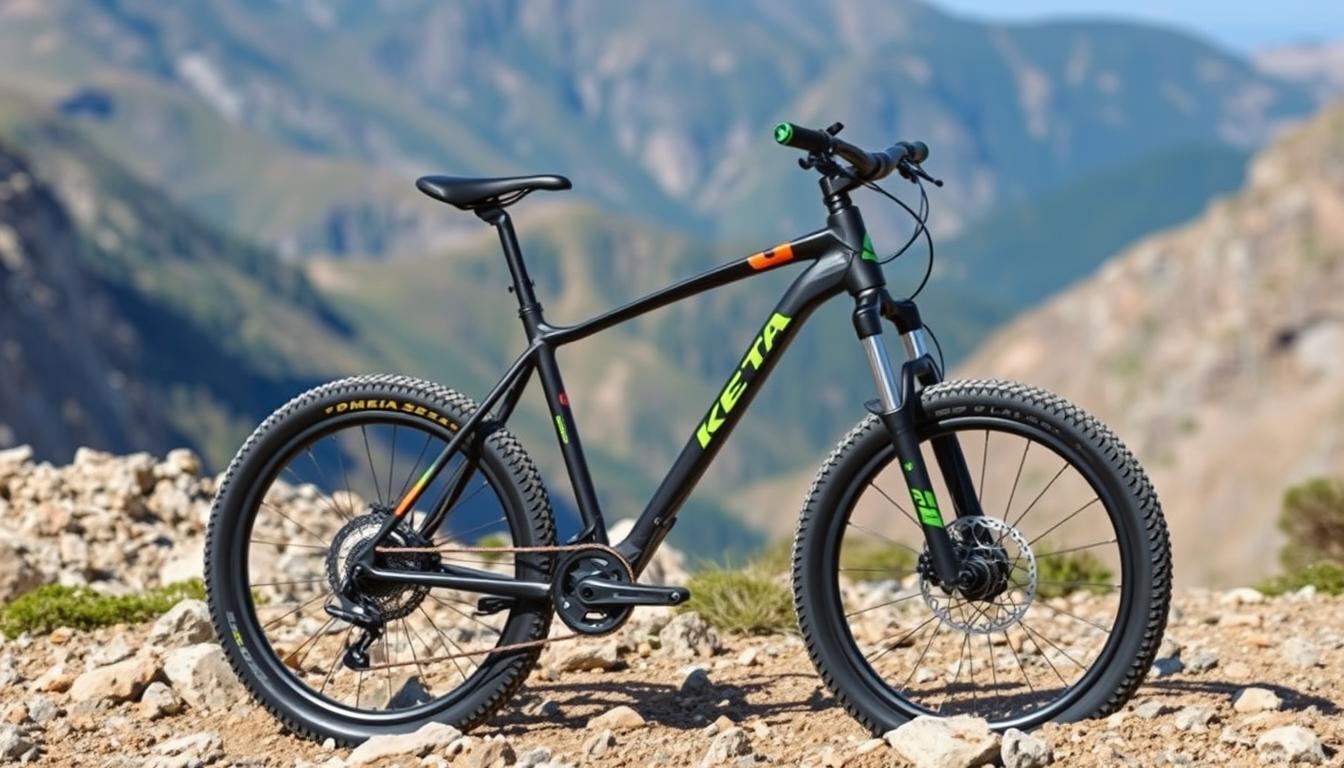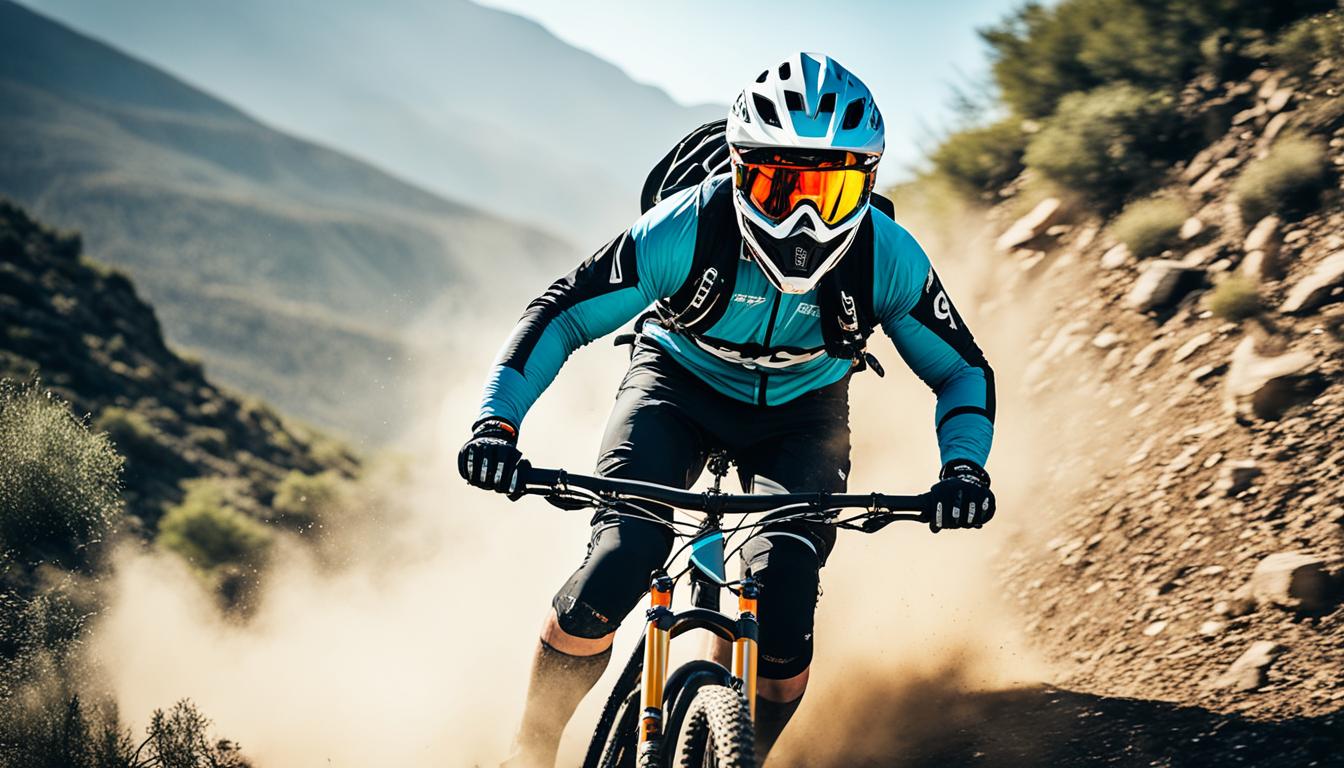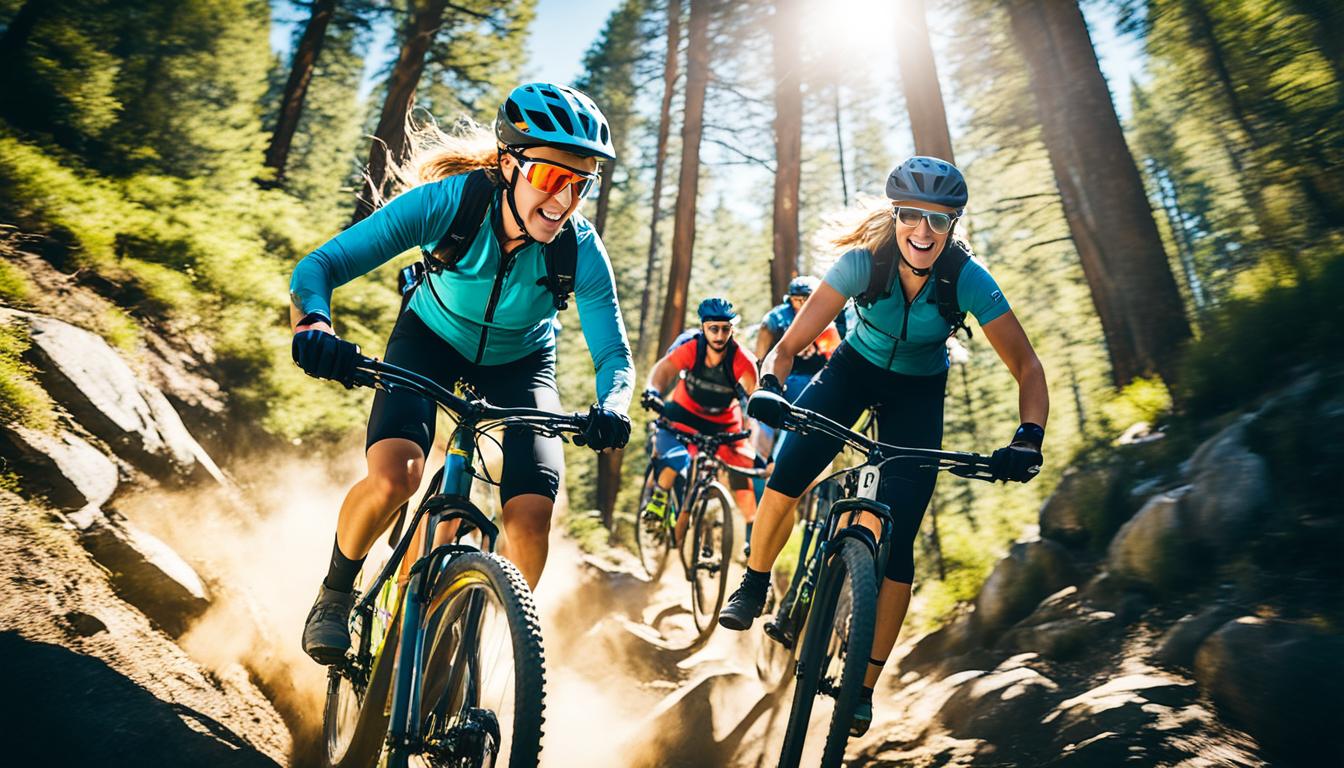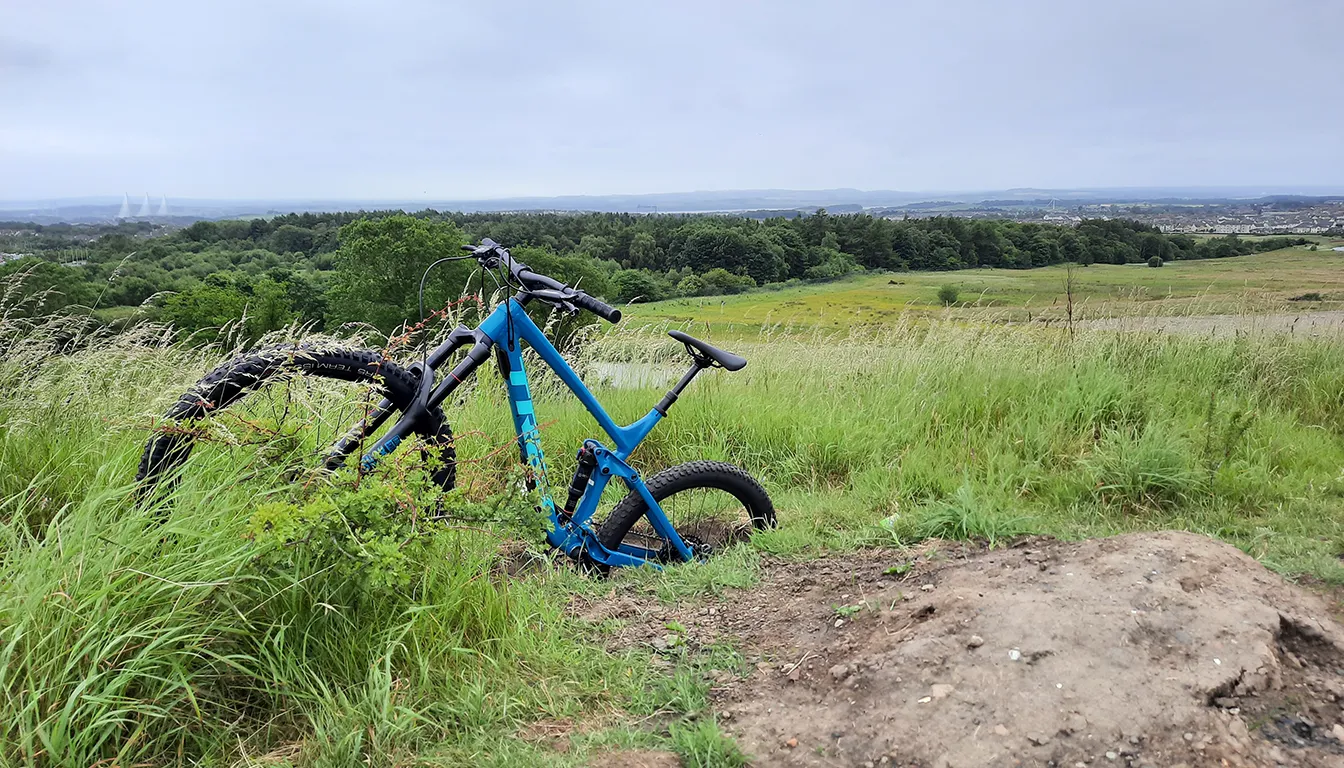Mastering descents on an enduro mountain bike boosts a rider’s confidence on the trails. Learning efficient techniques helps you manage steep, complex terrain smoothly. It’s about knowing how to position your body, balance, and apply brakes effectively.
In enduro biking, you’ll come across rocky paths, roots, and loose soil, making control key. Adapting your riding to different conditions keeps you safe. It also makes every trip thrilling. Without knowing the right strategies for difficult descents, the fun fades quickly. Learning fundamental skills is your ticket to enjoying every trail.
Begin by checking out insights from a detailed guide. This offers enduro biking tips for new riders. It will help improve your physical and mental approach to descents.
Understanding the Basics of Enduro Mountain Biking
Enduro mountain biking mixes endurance with skill. It tests riders on timed downhills and requires pedalling uphill. Knowing the basics improves both performance and fun.
Defining Enduro Mountain Biking
Enduro mountain biking is about physical and technical skills. Riders handle different terrains, from smooth to rough descents. It’s about showing good descent skills and having the stamina for climbs. Races have timed sections where speed matters. But, being good at various techniques is key too.
The Importance of Descent Skills
Being good at descending is crucial in enduro. Riders need to control their bikes on steep and technical paths. Mastering this boosts performance and confidence. Good technical descent skills let riders face tough parts without fear.
Overview of Enduro Events and Their Requirements
Enduro events mix timed stages with untimed transfers. Getting to know the rules is part of the prep. Races are 20-60 km long, with different elevations. Riders need skill, mental strength, and good prep. They must also wear safety gear to tackle the trails safely.
Essential Techniques for Descending
Mastering how to go downhill on an enduro mountain bike needs a few key skills. It’s about getting your body position right, knowing how to use your knees, and not believing every cycling myth. Each of these points helps you stay in control and perform better on all kinds of paths.
Body Positioning Fundamentals
Getting your body position right is key for control when going downhill. Keep your head over the handlebar stem, your back flat, and elbows out. This makes moving with the bike easier and improves your balance. It’s important for controlling the bike well, especially on tricky paths.
Using Your Knees for Better Balance
Knees play a big part in keeping stable and in control. By engaging your glutes and opening your knees a bit, you stay balanced. This helps you deal with sudden changes on the trail and stay upright.
Avoiding the Myth: Keeping Your Weight Back
Many think staying back on the bike helps with steep hills, but it actually doesn’t. Knowing how to spread your weight evenly is key. Aim to keep your weight centred for better handling. This way, you’ll have smoother rides and be safer.
How to Master Enduro Mountain Bike Descents
Mastering descents on an enduro mountain bike needs both technique and practice. It’s about building a strong base to handle steep trails. This means getting good at certain stance techniques for better control and stability on steep descents.
Developing a Strong Stance on Steep Trails
Adopting the right stance is key on steep trails. Riders need to stay low with bent arms and legs. This stance improves balance and makes it easier to adjust to changing terrain. It’s crucial for staying in control during technical sections that demand focus.
Practising on Rolling Drops for Confidence
Practising rolling drops can boost a rider’s confidence. Keeping a low body position helps one feel secure. It teaches bike handling and improves descending skills needed for races. Regular practice makes riders comfortable with timed descents, leading to smoother rides.
Braking Techniques for Control and Stability
Every mountain biker needs to master braking for better control and stability. Knowing how to manage speed in braking zones makes rides better. It’s about improving traction control on steep trails.
Understanding Braking Zones
Knowing when to slow down is key. The terrain affects where these zones are. Here’s what to keep in mind:
- Find parts of the trail where braking helps keep speed and control.
- Brake lightly and gradually for easy control.
- Let go of the brakes now and then to gain confidence and understand your bike’s response.
Managing Speed: Balancing Traction and Gravity
Getting speed right involves managing traction against gravity. Here are tips for more stability downhill:
- Keep your body balanced, sharing weight between the front and back wheels.
- Lean forward when going up, and back when going down, matching the trail.
- Keep your heels down and limbs bent, ready to adjust quickly.
- During descents, lower your body to improve grip and stability.
Looking ahead helps spot traction spots and obstacles. With practice, you get better at controlling speed on different terrains safely.
Practising on Varied Terrain
Riding on different types of terrain is crucial for cyclists wanting to get better. Facing various trail features like rock gardens and roots is great for practice. It helps riders learn to deal with obstacles, keep their balance, and brake properly. Trying different surfaces means a rider gets used to many conditions. This improves how they control their bike.
Benefits of Riding Different Trail Features
Riding on varied terrain brings many advantages:
- Enhanced balance: Getting past obstacles increases confidence and stability.
- Improved braking techniques: You need different braking methods for different surfaces.
- Adaptability: Facing various challenges makes riders more flexible.
Each trip on diverse trails leads to better understanding of your bike. This is crucial for improving your riding skills.
Learning from Mistakes on the Trail
Learning from mistakes is key in becoming a better rider. Owning up to errors helps cyclists rethink and adapt. Whether it’s a jump gone wrong or a braking mishap, these are lessons. They guide how to do better next time.
Reflecting on what didn’t work helps improve skills. It also builds a positive outlook on learning. Seeing mistakes as part of learning helps riders become stronger and keep getting better.
Physical Preparation and Endurance Training
Mastering descents on an enduro mountain bike needs not only skill but a strong physical base too. Tailoring your training to build stamina is key for enduro races. By taking moderate rides and tackling hills, you prepare your body for long efforts and boost stamina. Training regularly and increasing distance gradually will develop your endurance well.
Building Stamina for Enduro Rides
To boost your stamina, add exercises like cycling, running, or swimming to your routine. These activities improve heart health and build a solid aerobic foundation. Mixing in high-intensity interval training (HIIT) helps with short, powerful bursts needed for steep descents. Remember, recovery days are vital for your body to strengthen and adapt.
Strength and Conditioning Exercises
Strength training is crucial for mountain bikers to improve performance, resilience, and prevent injuries. Compound exercises such as squats, deadlifts, and lunges strengthen important muscles. They also boost power and control on the bike. Add conditioning exercises to work on core stability, essential for handling rough terrain. For more training tips, see the advice on endurance training for biking, which can prepare you for the Valleys Enduro Series.
FAQ
What is enduro mountain biking?
Enduro mountain biking is a blend of endurance and skill. It’s known for timed downhill rides on tough trails and non-timed uphill parts. Riders face uphill and downhill challenges, needing strong legs and sharp riding skills.
Why are descent skills important in enduro racing?
Descent skills matter a lot in enduro races because they affect your results. Being good at descending means you can handle steep, tricky trails with more ease. This boosts your confidence and control while riding.
How can I maintain a proper body position while descending?
For a good body position, lean forward, keep your back flat, and spread your elbows. This way, you can move with your bike better. It leads to smoother rides and better control on descents.
What role do knees play in descending techniques?
Your knees are key for controlling your bike. Bend them and use your lower body strength to stay balanced. This makes it easier to handle sudden trail changes and keeps you steady.
Should I keep my weight back on steep descents?
It’s a myth that shifting your weight back is best on steep slopes. Actually, keeping your weight even is better. This helps you handle the bike well and react faster to the trail.
What strategies can I use to improve my descending confidence?
Practising on short drops is a great way to get better at descending. Lower your body when approaching drops. This reduces the feeling of falling and makes your descent smoother.
What are effective braking techniques during descents?
Knowing when and where to brake is key for control. Shift your weight and manage brakes well on tough sections. This keeps you in control on steep parts.
How do I balance speed, traction, and gravity while riding?
To balance speed, traction, and gravity, manage your speed well. Spot where the grip is to avoid skids. Keeping your pace while on different grounds is crucial for a good ride.
Why is practising on varied terrain beneficial?
Trying different trails like rocky or rooted ones betters your skills. It teaches you how to balance and brake better. You get used to different conditions, improving your riding.
How can I learn from mistakes made while riding?
Thinking over your riding mistakes helps you grow. Mistakes are learning chances that enhance how you ride later. They guide better decisions in future rides.
What type of physical preparation helps for enduro racing?
Building endurance with rides, especially on hills, is crucial for enduro. Start with shorter distances and gradually increase. Staying consistent is the key to getting stronger.
What exercises can enhance my strength for enduro biking?
Doing exercises like squats, deadlifts, and lunges boosts your biking muscles. They build your overall strength and help avoid injuries. These workouts are great for mountain bikers wanting to improve.
